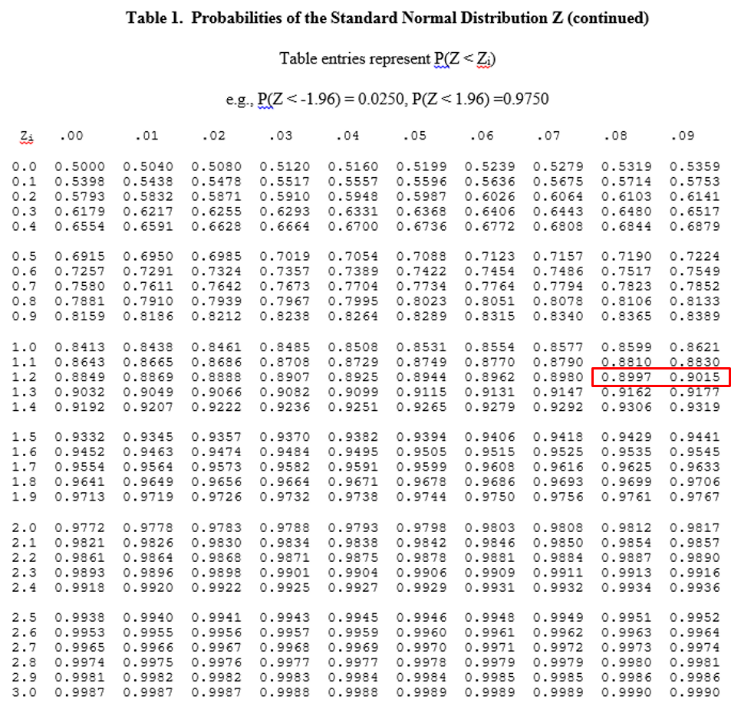

For the pattern analysis tools, it is the probability that the observed spatial pattern was created by some random process. Whenever you see spatial structure such as clustering in the landscape (or in your spatial data), you are seeing evidence of some underlying spatial processes at work, and as a geographer or GIS analyst, this is often what you are most interested in. Often, you will run one of the pattern analysis tools, hoping that the z-score and p-value will indicate that you can reject the null hypothesis, because it would indicate that rather than a random pattern, your features (or the values associated with your features) exhibit statistically significant clustering or dispersion. The z-scores and p-values returned by the pattern analysis tools tell you whether you can reject that null hypothesis or not.


The null hypothesis for the pattern analysis tools ( Analyzing Patterns toolset and Mapping Clusters toolset) is Complete Spatial Randomness (CSR), either of the features themselves or of the values associated with those features. Most statistical tests begin by identifying a null hypothesis. The Null Hypothesis and Spatial Statistics.


 0 kommentar(er)
0 kommentar(er)
